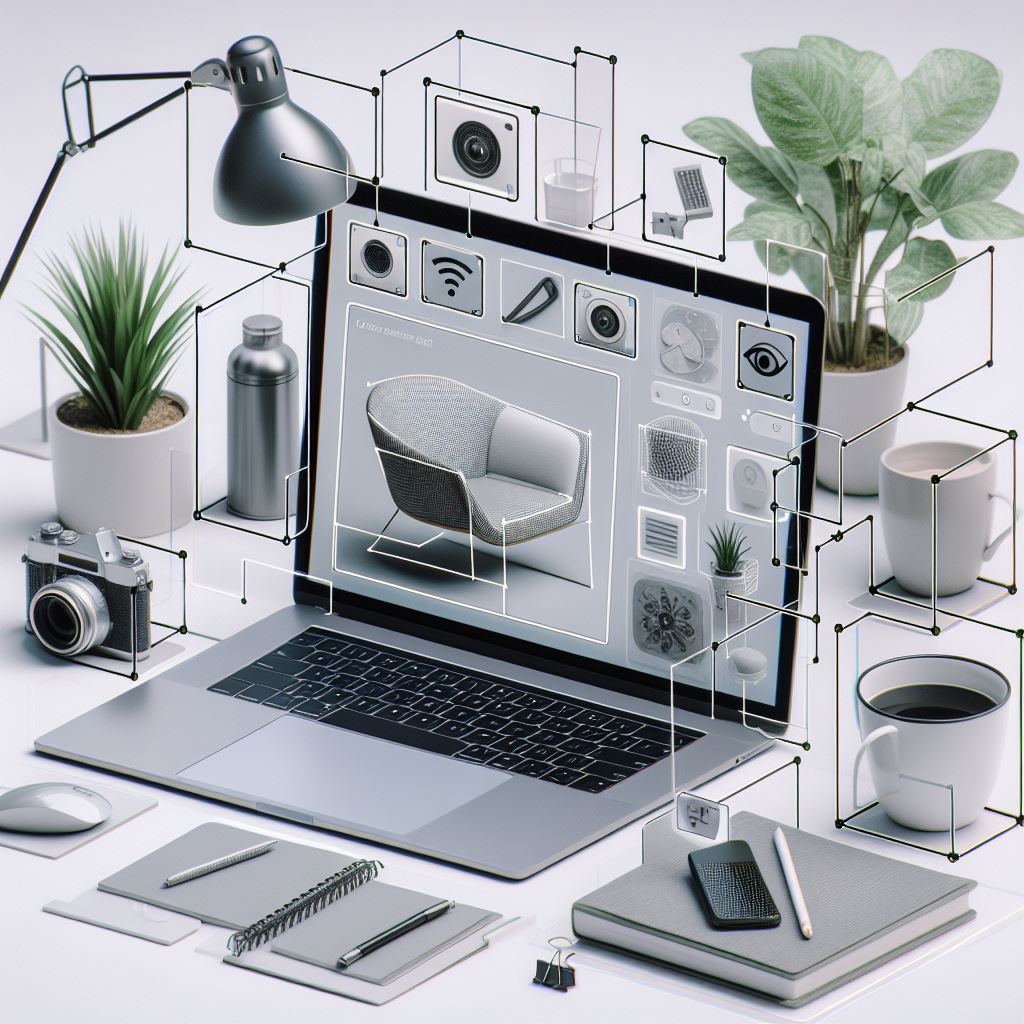
Does your organization have company-specific objects within their vast collection of digital content, where identification and classification are unique? This is where a custom-trained object recognition model can save untold numbers of hours in identifying and tagging those unique objects. Training an AI to identify your unique objects in images is actually far easier to do than it might seem (how easy we'll get into further down).
Most object recognition finds generic objects. Give it a photo and it will detect objects such as a dog and a car. This generic object identification is what DBGallery uses by default. But it can also use a custom trained AI to identify and classify your specific objects.
Business Usage Scenarios
Following are just a few examples of reasons why a company might find custom-trained object recognition beneficial.
1) Product Detection: Detect the exact objects that matter most to your business. Whether it's your proprietary products, bespoke branding elements, or industry-specific nuances, these models can be trained to pinpoint what makes your assets unique.
2) Quality Control and Anomaly Detection in Manufacturing: In manufacturing environments, custom labels can be used to identify defects or anomalies in products, helping ensure quality control and reducing production errors.
3) Agricultural: In agriculture, custom labels can be used to identify crop diseases, pests, or plant health issues, enabling precision agriculture practices.
4) Healthcare and Medical Imaging
In the healthcare research field, custom labels can be used to identify specific medical conditions or anomalies in medical images.
A real-world, unique business scenario
One of our clients, Lane Consulting Services (LCS), takes photos of things throughout large residential properties that require repairs. We're talking thousands of photos per property. They need to tag each image with the various types of repairs required to produce reports categorized by repair types. Knowing it's a fence that needs repair isn't enough. They need to the difference between a decrepit rusty chain-link fence vs a broken wooden fence. This is because these require different tradesmen to perform the repairs, and also has different costs. To run through the thousands of photos manually to tag and categorize them would take days, costing in both personnel as well as adding days to when a report could be produced. To solve this, the client trained an AI to know the different fences, and 400 other types of required repairs. Now rather than days, using DBGallery and the custom-trained AI object model, these repair types are detected across the thousands of photos in 15 minutes! To use the an old cliche, going this route vs manual, was a real no-brainer. See the
press release for more on this interesting scenario.
Custom AI object training is like teaching a child to recognize objects in the world. The more data you give the AI model, the better it will become at recognizing and identifying objects accurately.
Training a model
The fundamental means of creating a custom object detection model is fairly basic. Provide the AI with a sample of images for each object, typically ranging from 100 to 1000 images, organized into something such as folders or buckets. These folders would be named the same as the desired object labels. Point the AI to those folders to have the training begin. Once the training is complete, any time images containing these objects are uploaded to DBGallery, the system will automatically apply the appropriate labels. This is simplified, but except for gathering training images and the training wait time it takes under an hour to setup.
Guidance throughout the process
Are you curious about the potential of custom AI object detection within your organization? We are here to guide you through the entire process. Our assistance begins with the collection of images which are input into training the model. We'll then initiate the training process and assess the model's effectiveness by testing it with real-world images. We believe in a practical approach, and we recommend proceeding with additional projects only once we've established the model's proficiency in detecting your unique objects.
"DBGallery is accessible software backed by 5-star customer service"
- Tamara Fulcher, Network for Animals

